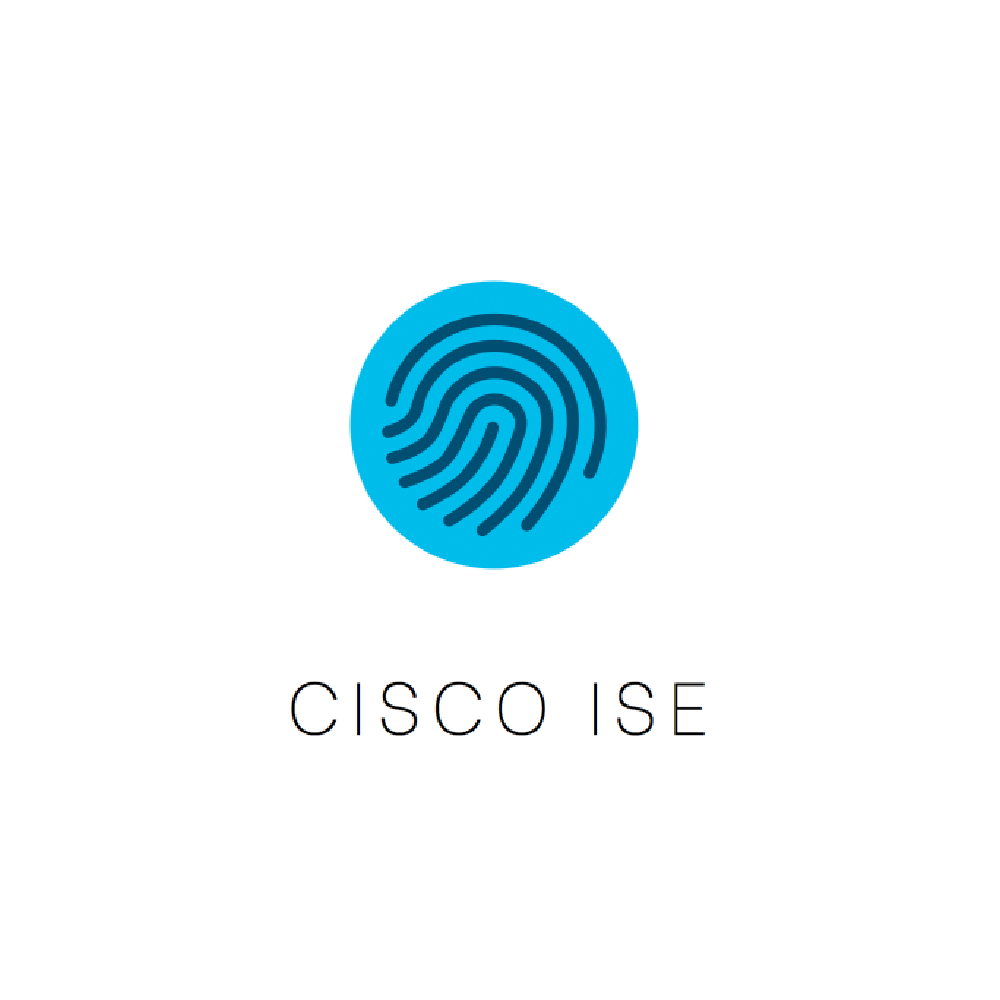Cisco ISE v0.1.10 published on Tuesday, Nov 19, 2024 by Pulumi
ise.network.getDeviceGroup
Explore with Pulumi AI
This data source can read the Network Device Group.
Example Usage
import * as pulumi from "@pulumi/pulumi";
import * as ise from "@pulumi/ise";
const example = ise.network.getDeviceGroup({
id: "76d24097-41c4-4558-a4d0-a8c07ac08470",
});
import pulumi
import pulumi_ise as ise
example = ise.network.get_device_group(id="76d24097-41c4-4558-a4d0-a8c07ac08470")
package main
import (
"github.com/pulumi/pulumi-ise/sdk/go/ise/network"
"github.com/pulumi/pulumi/sdk/v3/go/pulumi"
)
func main() {
pulumi.Run(func(ctx *pulumi.Context) error {
_, err := network.LookupDeviceGroup(ctx, &network.LookupDeviceGroupArgs{
Id: pulumi.StringRef("76d24097-41c4-4558-a4d0-a8c07ac08470"),
}, nil)
if err != nil {
return err
}
return nil
})
}
using System.Collections.Generic;
using System.Linq;
using Pulumi;
using Ise = Pulumi.Ise;
return await Deployment.RunAsync(() =>
{
var example = Ise.Network.GetDeviceGroup.Invoke(new()
{
Id = "76d24097-41c4-4558-a4d0-a8c07ac08470",
});
});
package generated_program;
import com.pulumi.Context;
import com.pulumi.Pulumi;
import com.pulumi.core.Output;
import com.pulumi.ise.network.NetworkFunctions;
import com.pulumi.ise.network.inputs.GetDeviceGroupArgs;
import java.util.List;
import java.util.ArrayList;
import java.util.Map;
import java.io.File;
import java.nio.file.Files;
import java.nio.file.Paths;
public class App {
public static void main(String[] args) {
Pulumi.run(App::stack);
}
public static void stack(Context ctx) {
final var example = NetworkFunctions.getDeviceGroup(GetDeviceGroupArgs.builder()
.id("76d24097-41c4-4558-a4d0-a8c07ac08470")
.build());
}
}
variables:
example:
fn::invoke:
Function: ise:network:getDeviceGroup
Arguments:
id: 76d24097-41c4-4558-a4d0-a8c07ac08470
Using getDeviceGroup
Two invocation forms are available. The direct form accepts plain arguments and either blocks until the result value is available, or returns a Promise-wrapped result. The output form accepts Input-wrapped arguments and returns an Output-wrapped result.
function getDeviceGroup(args: GetDeviceGroupArgs, opts?: InvokeOptions): Promise<GetDeviceGroupResult>
function getDeviceGroupOutput(args: GetDeviceGroupOutputArgs, opts?: InvokeOptions): Output<GetDeviceGroupResult>def get_device_group(id: Optional[str] = None,
name: Optional[str] = None,
opts: Optional[InvokeOptions] = None) -> GetDeviceGroupResult
def get_device_group_output(id: Optional[pulumi.Input[str]] = None,
name: Optional[pulumi.Input[str]] = None,
opts: Optional[InvokeOptions] = None) -> Output[GetDeviceGroupResult]func LookupDeviceGroup(ctx *Context, args *LookupDeviceGroupArgs, opts ...InvokeOption) (*LookupDeviceGroupResult, error)
func LookupDeviceGroupOutput(ctx *Context, args *LookupDeviceGroupOutputArgs, opts ...InvokeOption) LookupDeviceGroupResultOutput> Note: This function is named LookupDeviceGroup in the Go SDK.
public static class GetDeviceGroup
{
public static Task<GetDeviceGroupResult> InvokeAsync(GetDeviceGroupArgs args, InvokeOptions? opts = null)
public static Output<GetDeviceGroupResult> Invoke(GetDeviceGroupInvokeArgs args, InvokeOptions? opts = null)
}public static CompletableFuture<GetDeviceGroupResult> getDeviceGroup(GetDeviceGroupArgs args, InvokeOptions options)
// Output-based functions aren't available in Java yet
fn::invoke:
function: ise:network/getDeviceGroup:getDeviceGroup
arguments:
# arguments dictionaryThe following arguments are supported:
getDeviceGroup Result
The following output properties are available:
- Description string
- Description
- Id string
- The id of the object
- Name string
- The name of the network device group including its hierarchy, e.g.
Device Type#All Device Types#ACCESS. - Root
Group string - The name of the root device group.
- Description string
- Description
- Id string
- The id of the object
- Name string
- The name of the network device group including its hierarchy, e.g.
Device Type#All Device Types#ACCESS. - Root
Group string - The name of the root device group.
- description String
- Description
- id String
- The id of the object
- name String
- The name of the network device group including its hierarchy, e.g.
Device Type#All Device Types#ACCESS. - root
Group String - The name of the root device group.
- description string
- Description
- id string
- The id of the object
- name string
- The name of the network device group including its hierarchy, e.g.
Device Type#All Device Types#ACCESS. - root
Group string - The name of the root device group.
- description str
- Description
- id str
- The id of the object
- name str
- The name of the network device group including its hierarchy, e.g.
Device Type#All Device Types#ACCESS. - root_
group str - The name of the root device group.
- description String
- Description
- id String
- The id of the object
- name String
- The name of the network device group including its hierarchy, e.g.
Device Type#All Device Types#ACCESS. - root
Group String - The name of the root device group.
Package Details
- Repository
- ise pulumi/pulumi-ise
- License
- Apache-2.0
- Notes
- This Pulumi package is based on the
iseTerraform Provider.
